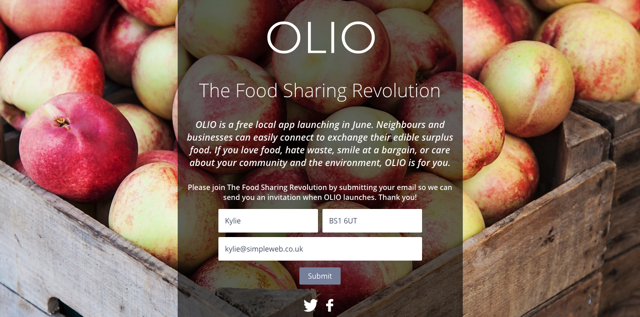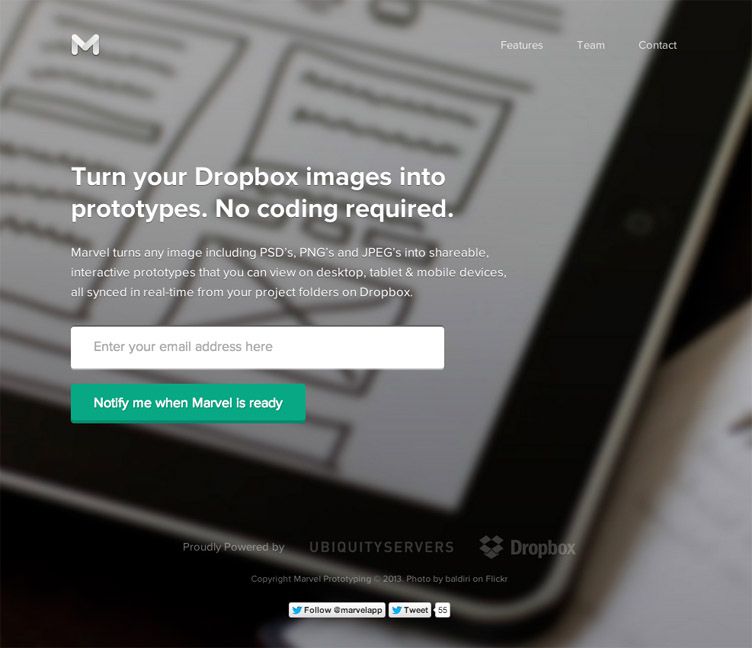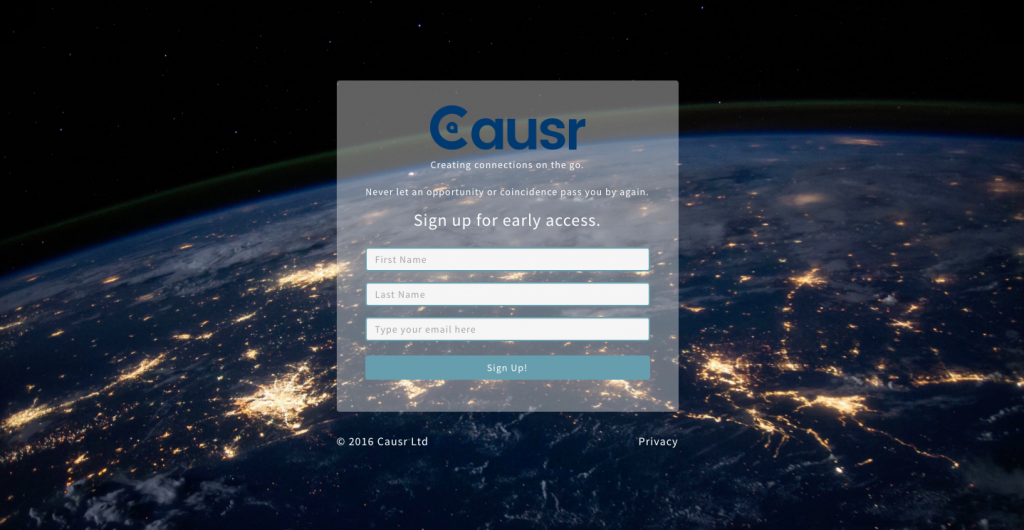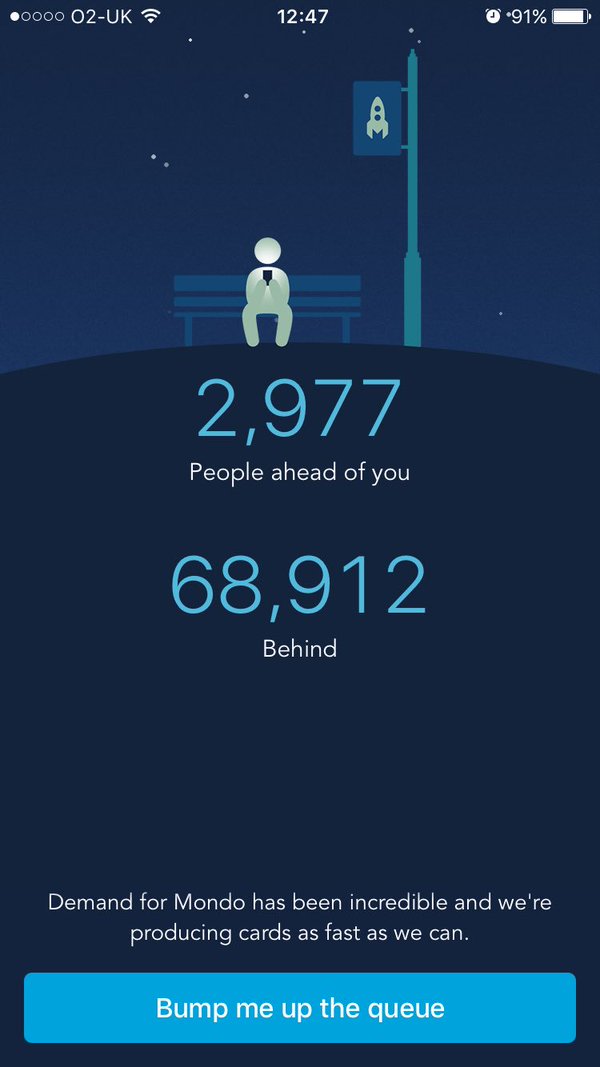Recently, we wrote about beginning your marketing efforts before your product launch.
You don’t have to give away any of your secrets to start building up brand awareness in your industry. You don’t even have to have a product and if you do, you don’t have to tell anyone what it is.
Landing pages are simple, one page websites that briefly introduce your product or service and give a space for potential customers to register their interest. They are an essential first step when it comes to getting the word out about your startup, even before you have launched.
“Lead generation landing pages are used to capture user data, such as a name and email address. The sole purpose of the page is to collect information that will allow you to market to and connect with the prospect at a subsequent time.”
– Unbounce
A landing page will help you:
- Test your proposition: You don’t need to say exactly what your product or service will be to see if people will be interested. More on this later.
- Collect leads: Start building up an audience of people who feel the pain point you’re trying to solve, so you can start selling to them when you’re ready.
Landing pages – keep it simple
As you get further down the line, your landing page may very well develop with information on features and benefits as well as images of your product, FAQs, a blog and more.
However, to start with, the less information you put on the page, the better. With less information, your visitors will ‘fill in the gaps’ for themselves, assessing whether or not they actually want a solution to the problem you’re trying to solve.

You can ask your audience what they expect later, and get their input to help you build the product people really want. But for now, you just need to get your proposition across.
When talking about the simple structure that most decent landing pages follow Peep Laja, founder of ConversionXL, points out that simplicity is key…
“There should be only ONE possible action for the visitor to take – be it subscribing to something, making a purchase or something else. Don’t offer options or the conversions will suffer….
“Make it clear, relevant, concise. Don’t put too much text on the page, as the visitor has to be able to read it quickly.”
Content
With simplicity in mind, there’s only really two or three pieces of information you need on a landing page…
Your proposition
Typically, landing pages express what the product or service is and the benefits of signing up. This is usually done through two specific pieces of copy:
1.The headline
A short, snappy, benefit oriented and inspirational headline.
Other examples:
- Send Better Email. Sell More Stuff. – MailChimp
- Finally, a bank as smart as your phone. – Monzo
- Actions speak louder than page views. – MixPanel
2. Descriptive copy
Now that you’ve got your visitor’s attention, you need to give them a reason to sign up.
How much copy you use on your landing page will depend on a number of factors, especially how far along you are in your product journey. When you’re further down the line, you will have a clear idea of features and benefits and will want to include some more detail. But for your first landing page, you will really only need a few sentences to explain your proposition a little more.
If you’re being open about your product, your landing page copy might be similar to that of this early landing page from Marvel. On this landing page, Marvel have explained what the product will do. The description is brief, but you know exactly what you’re signing up for.

But what if you’re in ‘stealth mode’?
You can still share your proposition without explaining what your product is.
If you’re not ready to talk product yet, talk about your mission, your vision, the problem your startup is trying to solve.
This landing page from Casur has very simple, aspirational copy. You have no idea what the product is, but you can deduce that it’s going to be a product that will help you make connections you might usually miss out on when you’re out and about.

Sign up form
Once you’ve explained your proposition, you want to provide a space for visitors to register their interest. They key to creating a good form is:
Only ask for the bare minimum amount of data you absolutely need. You should have one goal and one goal only. Anything else will become distracting for visitors.
The first thing to consider is what is the point of your landing page?
If you want to attract potential customers, you probably only need their email address so you can let them know when you launch.
If you’re trying to find out who your audience is, you might want to ask more questions such as “how many employees does your company have?”
Consider that the more information you ask for, the less sign ups you’re likely to get, so make sure you only ask for the information that directly affects your one goal for the landing page (e.g. getting email addresses or finding out what size companies are most interested in your product etc).
Social proof
As John Bonhini, Director of Growth at Litmus says in this article for HubSpot…
“Social proof appeals to people’s sense of ‘safety in numbers’… People feel safer doing something only if others have done so first. Volume is a factor here, too, as if there’s an overwhelming number of people who have done it, people’s “fear of missing out” inclination kicks in.”
If you have social proof, now is the time to include it. Testimonials, case studies, logos of companies you’ve worked with etc.
At the very beginning of your journey, you may not have any social proof whatsoever and that shouldn’t stop you from putting up a landing page. Just make sure you do add social proof, in whatever form, as and when it comes up.
Should I talk money?
Later on in the startup journey, you can use your landing page to test our pricing models like Buffer did and find out what potential customers are willing to pay. But right at the beginning, when you’re testing your proposition and collecting leads, cost is just an extra barrier to entry that you can do without.
Work on making your proposition resonate first and find out what people are willing to pay later.
What next?
When you’ve got your landing page set up, send it out to every person you’ve ever met and see if the proposition interests them. Get feedback, make improvements and send it to more people. Drive traffic to your landing page with paid ads, content marketing and social media marketing.
Growth mechanisms
This is a whole other post in itself (we’ll write it soon!), but it’s worth considering if there’s any way you can build a ‘growth mechanism’ into your landing page.

The most typical example of this is the reward for referral whereby you ask people who sign up to refer their friends, promising that you’ll bump them up the waiting list when their friends sign up. Startup bank, Monzo, used this technique expertly earlier this year.
By showing you how many people are ahead and behind of you in the queue, Monzo has cleverly added a touch of social proof and incited a ‘fear of missing out’.
This mechanism won’t be so fruitful for all startups, but making it easy for users to share your landing page with their friends will never harm, and holds the possibility of viral growth before you’ve even showed anyone a product!
Keep it simple and grow
Your landing page should continue to evolve as your business does. As you learn more about your customers and what they want, and as your product grows and matures, you’ll find the content on your landing page needs to change, and eventually, you’ll probably need to add more pages to create a full website.
But for now, keep it simple, keep listening to potential customers, keep testing new content and keep iterating.
If you want to discuss your startup or idea, get in touch with Simpleweb today.



